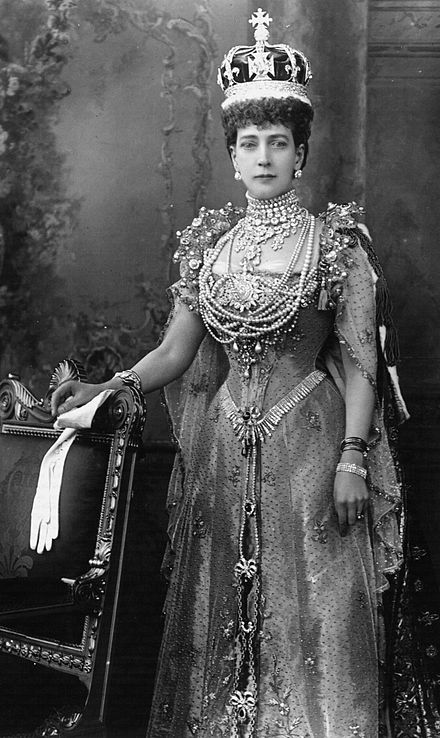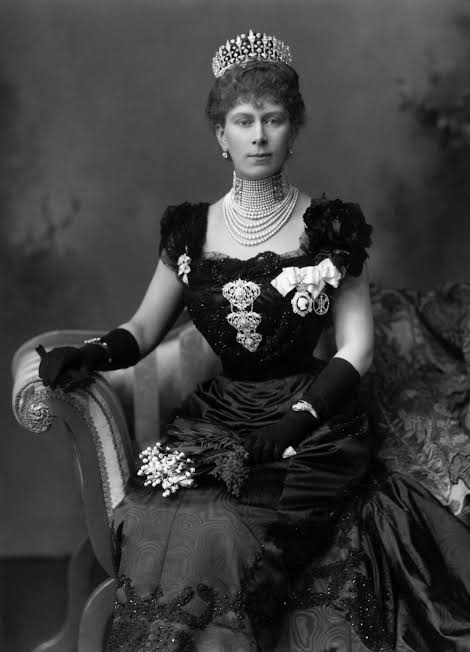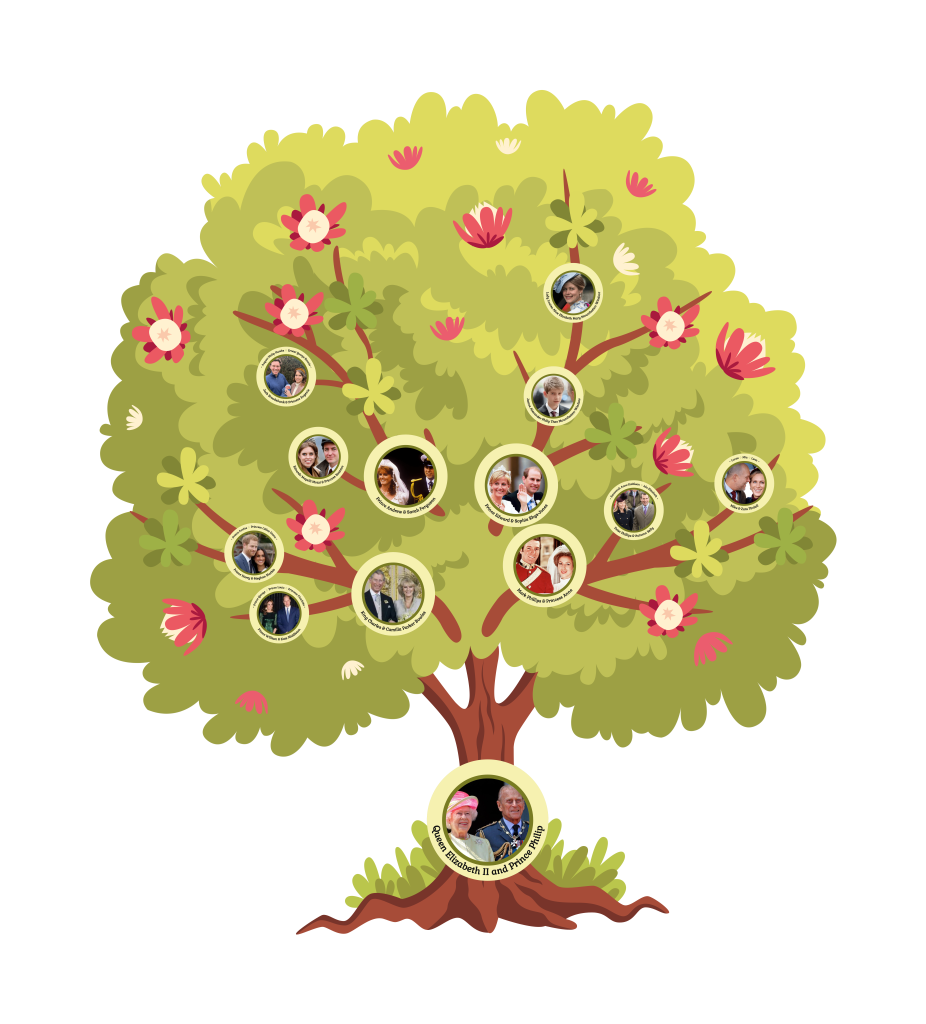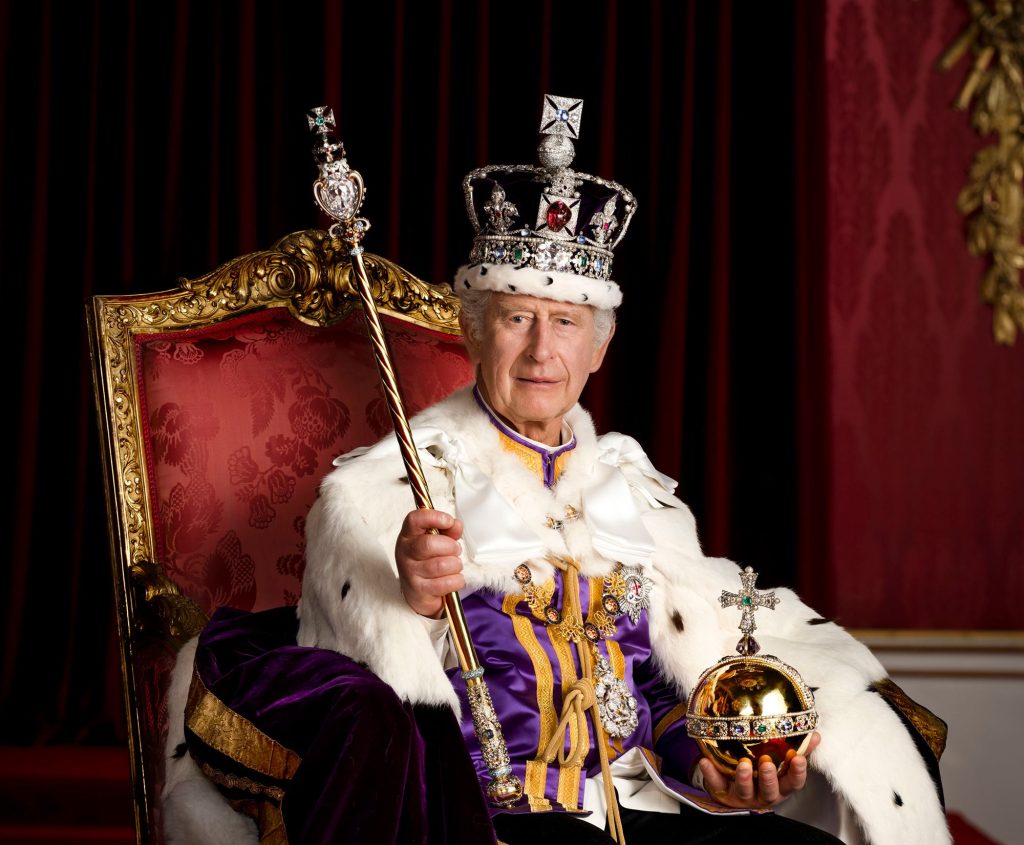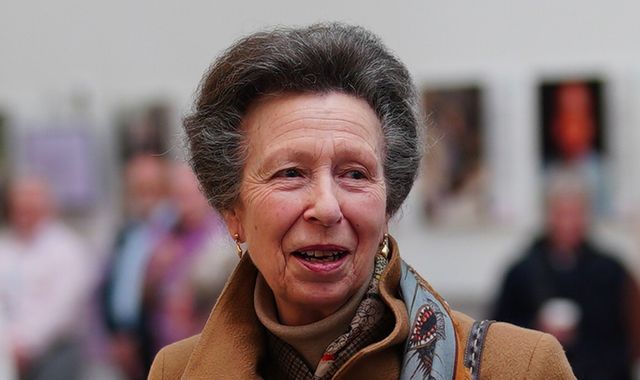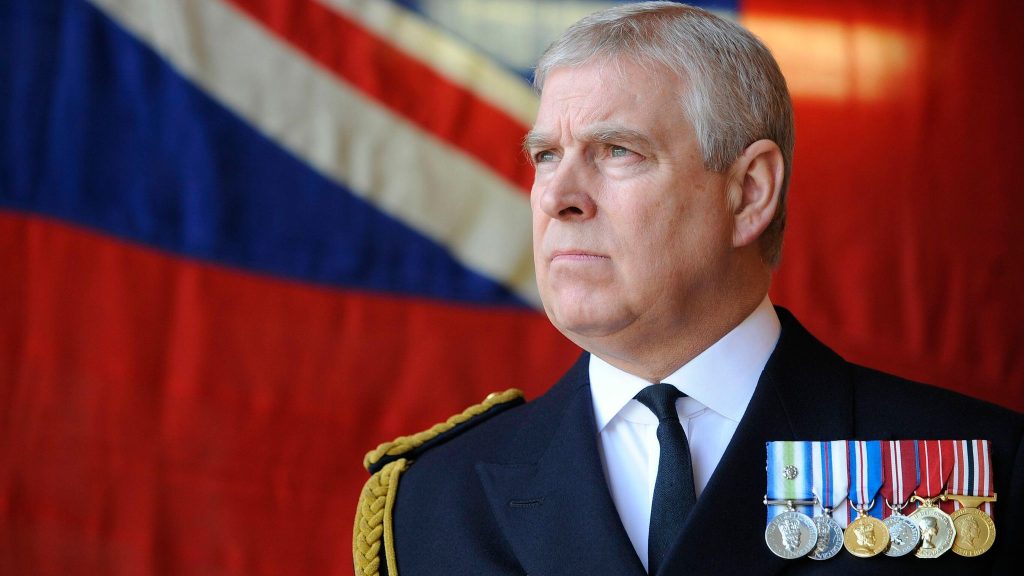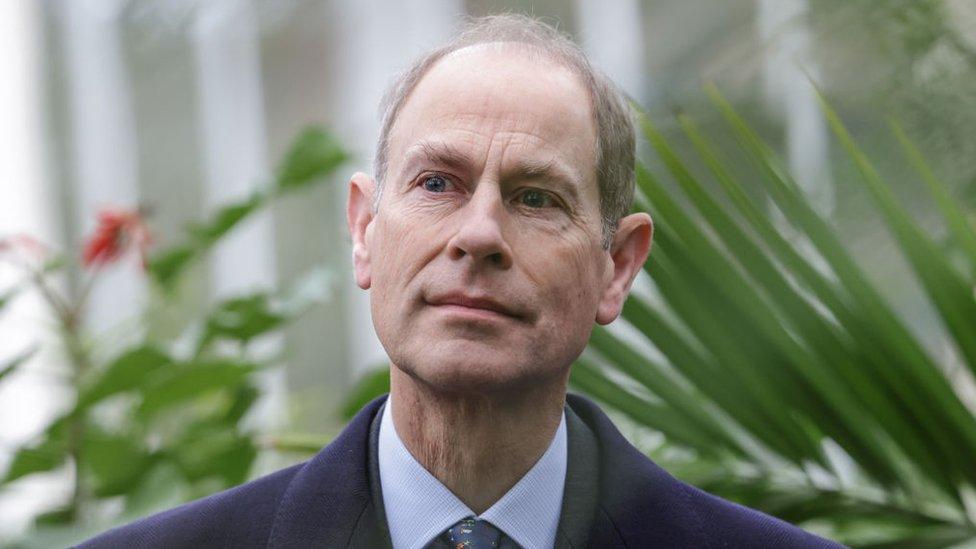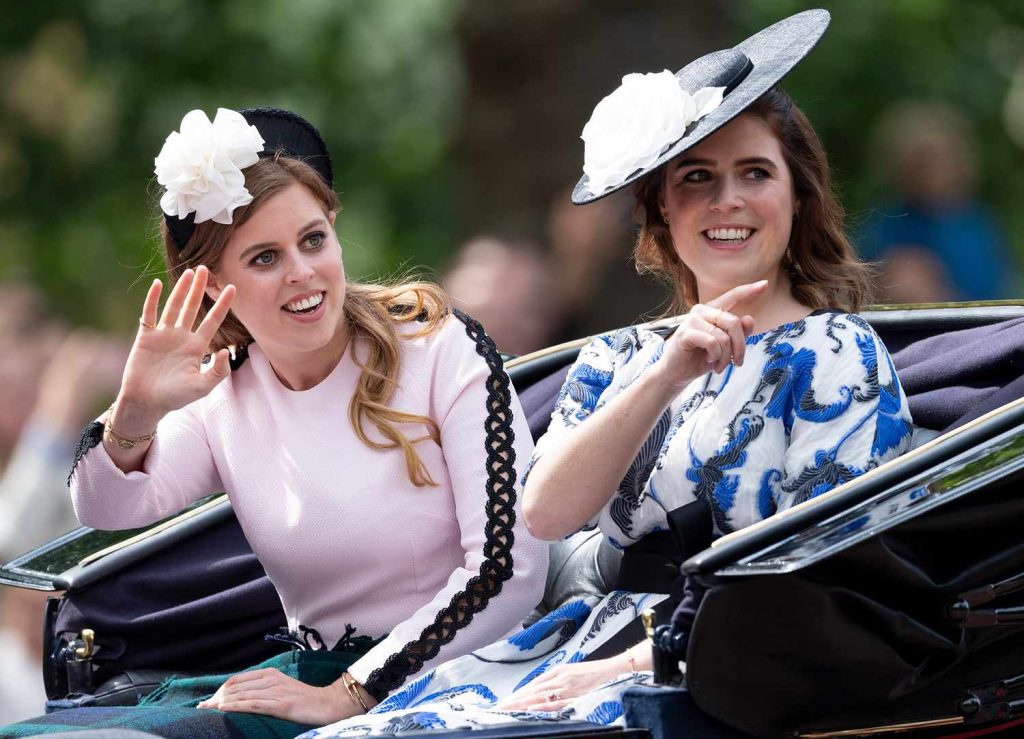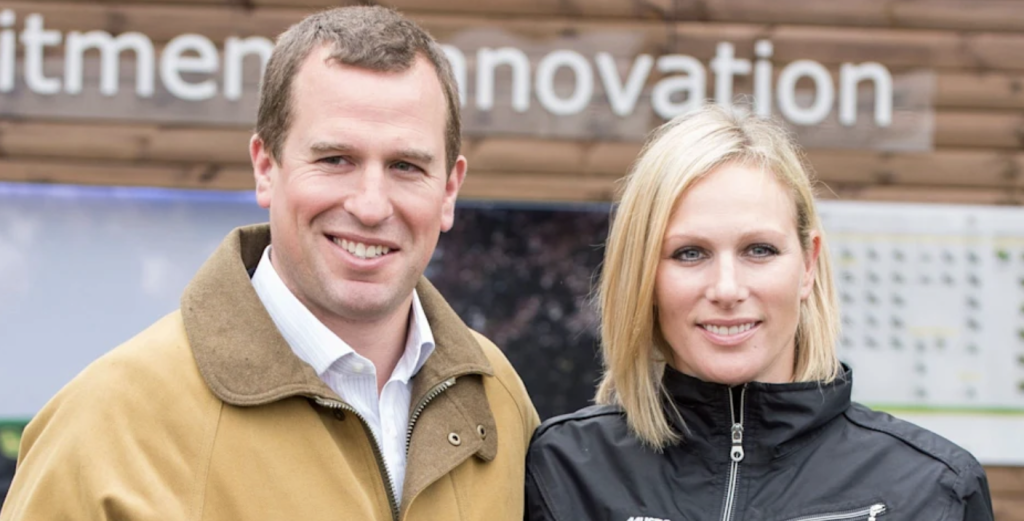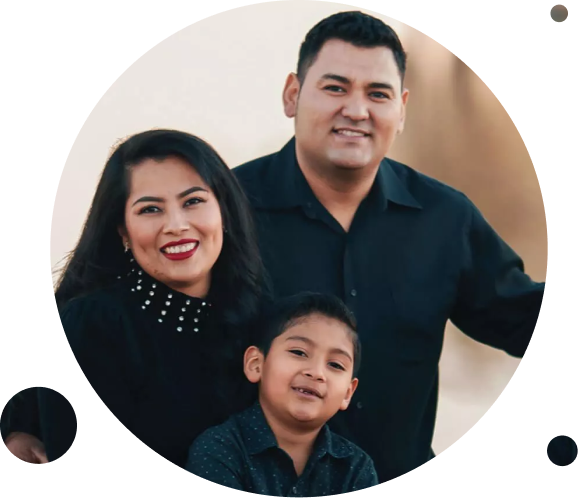British Royal Family Tree: Queen Elizabeth II’s Complete Family Tree Explained
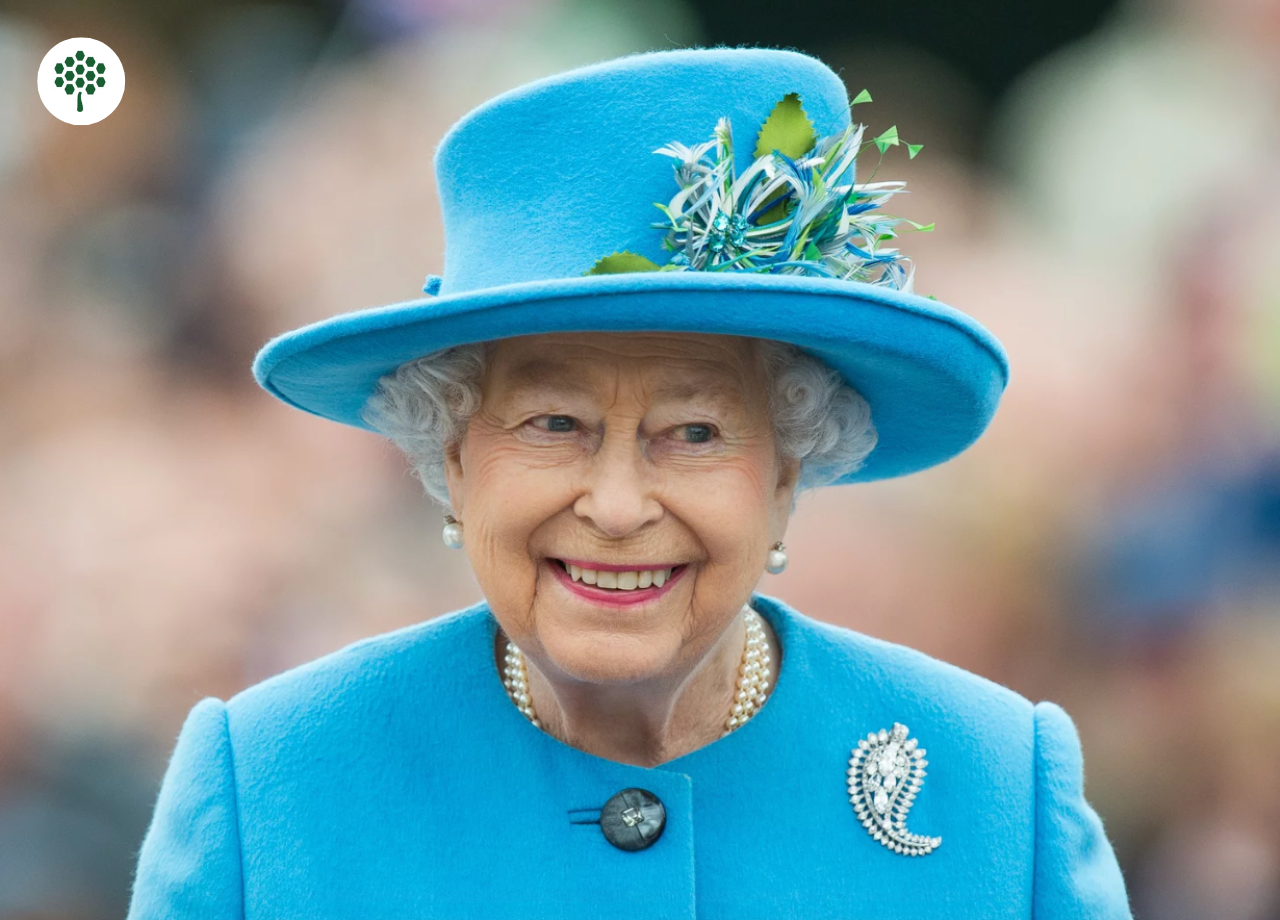
Few cultural icons are as globally recognized as Queen Elizabeth II. Preserving the history of the British royal family ensures that future generations can study and learn from its legacy. But the same applies to any family—by using a Family Tree Builder, you can safeguard your own history for generations to come.
Mention “The Queen” almost anywhere in the world, and everyone knows precisely who you are referring to. This should come as no surprise, considering that she has been in her role longer than anyone else before her. Such has been her longevity, it is the subject of countless tongue-in-cheek comments, measuring the length of her rule, for example, in the number of American presidents, Popes, and even the global crises and epidemics she’s outlived.
Born on April 21, 1926, Queen Elizabeth II lived a remarkable life until her passing on September 8, 2022, at the age of 96. Even after more than 70 years at the helm, navigating political and familial storms, she remained one of the most enduring figures on the world stage.
Queen Elizabeth II History and Early Years
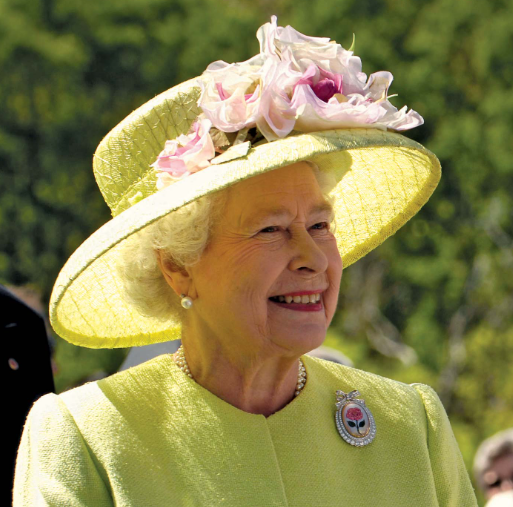
When then-Princess Elizabeth was born in 1926, she was not initially expected to become Queen. At the time, her grandfather, King George V, was the reigning monarch. His eldest son, Edward VIII, the Prince of Wales, was next in line, followed by her father, the Duke of York (later King George VI).
Queen Elizabeth’s early years were relatively unremarkable. In 1930, her sister, Princess Margaret Rose, was born. She met her husband, Prince Philip, in 1934. He also came from a royal lineage, as shown in Prince Philip’s family tree. They met at her uncle, the Duke of Kent’s wedding, where he married his cousin, Princess Marina of Greece. Princess Elizabeth and Prince Philip went on to get married in 1947. Between those years, however, events on the world stage and within the royal family changed everything and turned Princess Elizabeth’s relatively simple life upside down.
Princess Elizabeth was thrust into her current role after a quick series of events in 1936. The King passed away, and as expected, his eldest son, Princess Elizabeth’s uncle, became King Edward VIII. His rule would only last a couple of months. He decided to abdicate the throne in the name of love. He wanted to marry Wallis Simpson, but that bond would prove incompatible with his royal position.
King Edward VIII abdicated in 1936, leading to his younger brother, King George VI, ascending the throne. This sudden shift made Princess Elizabeth the heir presumptive. In preparation for her future role, she received an extensive education, studying history, religion, law, and other essential subjects that would later prove invaluable.
The time came in 1952. King George VI was bedridden in a battle with a long illness. He was thus unable to perform a Commonwealth tour. Princess Elizabeth, true to form and in an indication of the sort of Queen she would be, took his place instead. On February 6th, while she was in Kenya, the news arrived that the King had died. Princess Elizabeth was now Queen Elizabeth II. Her Coronation took place on the 2nd of June the next year.
The Roots of Queen Elizabeth II’s Family Tree
Queen Elizabeth II’s lineage is deeply rooted in British and European history, spanning multiple generations of monarchs who shaped the modern world. From the Victorian era to the dawn of the 20th century, her great-grandparents played pivotal roles in defining the British monarchy and its traditions. (And let’s be honest, the royal family tree is nothing short of fascinating—it’s a blend of history, politics, and even a bit of drama.)
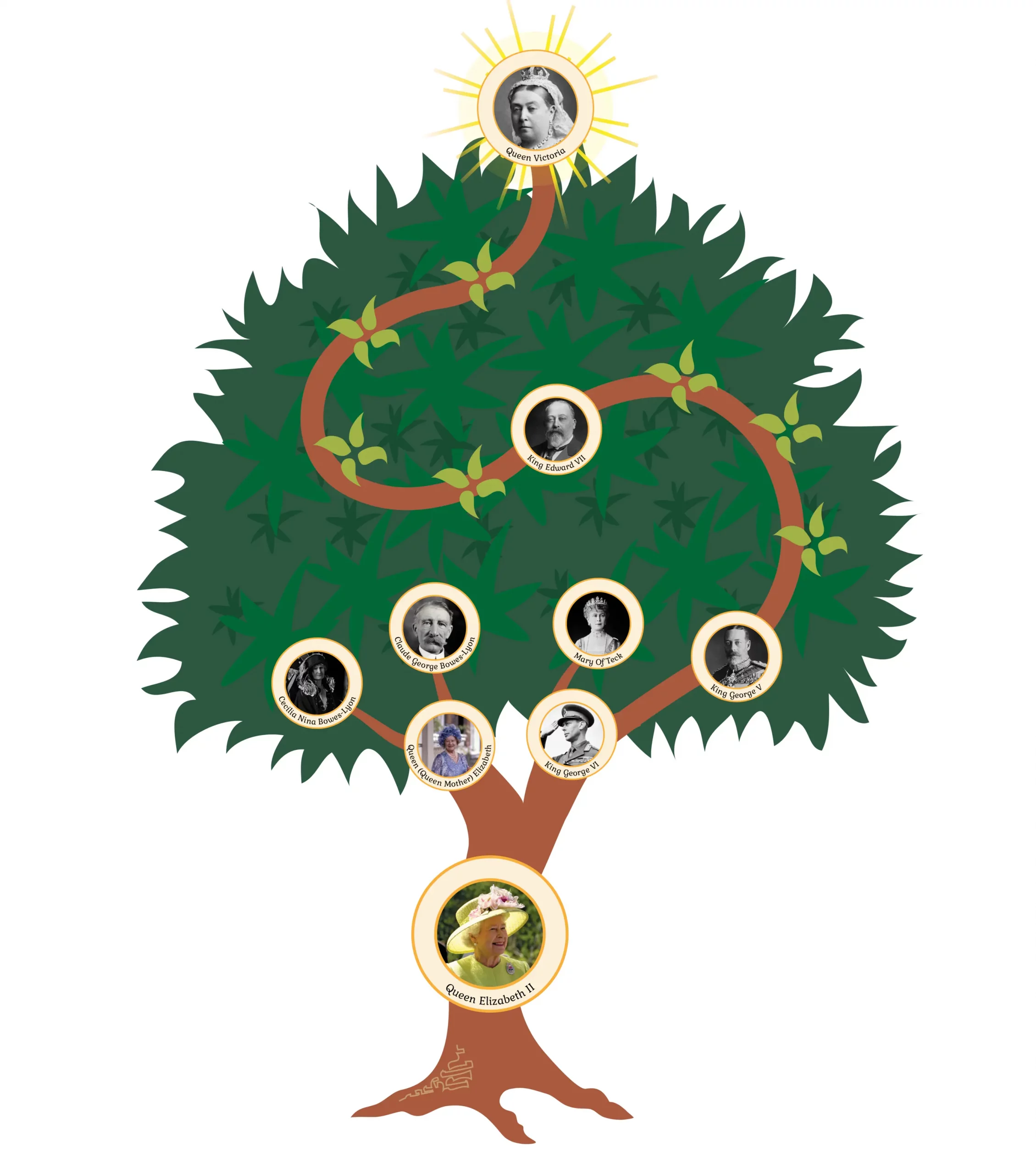
Let’s take a closer look at her great-grandparents and how they influenced the monarchy we recognize today.
Great-Grandparents
King Edward VII
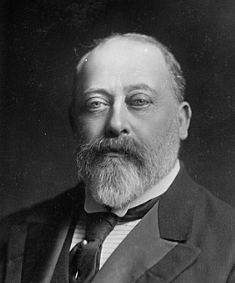
King Edward VII (reigned 1901–1910) was the eldest son of Queen Victoria and Prince Albert. Unlike his mother, who had a reputation for strictness and formality, Edward was known for his more relaxed and sociable nature. His charm and diplomatic skills earned him the nickname “Peacemaker”, as he helped ease tensions between Britain and other European nations.
During his reign, he embraced modernization, particularly in the military and naval forces, and played a role in strengthening Britain’s alliances. However, Edward VII wasn’t just about diplomacy—he was also a lover of fashion, luxury, and the finer things in life. (Yes, he was known for throwing lavish parties and had a bit of a reputation for enjoying himself a little too much.)
Although his reign lasted only nine years, his contributions laid the foundation for Britain’s role in global affairs in the 20th century. His leadership, although short-lived, shaped the monarchy and helped transition Britain into a new era.
Queen Alexandra
Queen Alexandra, originally Princess Alexandra of Denmark, was much more than just the wife of Edward VII—she was a beloved public figure in her own right. Known for her charity work and sense of style, she quickly became a fashion icon of the time. (Think of her as one of the original trendsetters of the royal family.)
One of the most remarkable things about Alexandra was her deep dedication to philanthropy. She supported numerous causes, including hospitals, children’s welfare, and nursing programs. Despite suffering from hearing loss, she remained active in public life and was known for her warm and kind nature. She and Edward VII had six children, ensuring the continuation of the British royal lineage.
Great-Grandparents
King George V
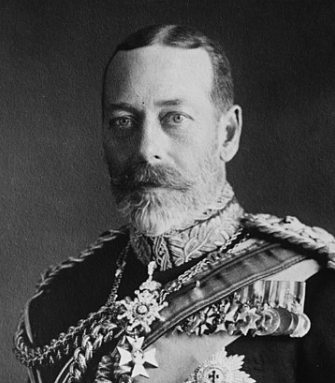
King George V (reigned 1910–1936) was the second son of King Edward VII and Queen Alexandra. He was never originally meant to be king—(his older brother, Prince Albert Victor, was first in line but sadly passed away at a young age). This unexpected turn of events placed George V on the throne, where he would prove to be a strong and steady leader.
One of the most defining moments of his reign was World War I. It was during this time that he made a bold and historic decision—changing the royal family’s name from Saxe-Coburg and Gotha to Windsor in 1917. (The reason? Anti-German sentiment was running high in Britain, and the name Saxe-Coburg and Gotha didn’t exactly sit well with the public.) The House of Windsor has remained ever since, symbolizing British resilience and unity.
George V was known for his strong sense of duty and commitment to the British people. He also set many of the royal traditions we still see today, such as the annual Christmas broadcast, which has become a beloved part of British culture. He was a monarch who valued stability, ensuring the monarchy remained relevant during uncertain times.
Queen Mary
Born Princess Mary of Teck, Queen Mary was not just a queen consort—she was a key architect in shaping the modern royal image. She married King George V and played a vital role in supporting him throughout his reign.
She was deeply interested in preserving royal history, art, and jewels. Many of the priceless royal collections we see today were curated or restored thanks to her efforts.
But Queen Mary was also known for her strict royal etiquette. (Let’s just say she wasn’t one to break tradition easily.) She instilled a strong sense of duty and discipline in her children, particularly in King George VI, the father of Queen Elizabeth II. In many ways, her influence shaped Queen Elizabeth II’s own sense of responsibility and unwavering dedication to the crown.
The Queen Elizabeth II’s Family Tree Chart
Creating a family tree—especially one as vast and complex as Queen Elizabeth II’s—can feel overwhelming at first. But with the right tools (and a little patience), it’s actually a fascinating journey into history.
Thankfully, modern tools like Treemily make it much easier to visualize and document family history in an organized way. If you’ve ever wanted to create your own family tree, here’s a simple guide to get started. (And trust me, it’s not as complicated as it sounds!)
Steps to Building a Family Tree
Define Your Family Size
Before diving in, decide how extensive you want your family tree to be. Do you want to track only direct ancestors (parents, grandparents, great-grandparents), or do you want to include extended relatives like cousins, aunts, and uncles? (Spoiler: The bigger the tree, the more detective work you’ll have to do!)
Decide on Who to Include in Your Family Tree Layout
Every family tree follows a structure. Some prefer a linear format, where only direct ancestors are shown, while others go for a broader approach, incorporating spouses, children, and extended family members. When studying Queen Elizabeth II’s family tree, historians focus primarily on her royal lineage—highlighting monarchs, heirs, and key figures in British history.
Older Records Require More Effort
Let’s be real—digging into historical records is no easy task. The further back you go, the harder it becomes to find accurate details. In Queen Elizabeth II’s case, records are meticulously maintained (because, well…royalty), but for the average person, church records, census data, and archived documents are the best resources for tracing older ancestors.
There Might Be Someone Talking About Your Ancestors
You’d be surprised—sometimes, family history has already been documented somewhere! Online genealogy websites, historical records, and even distant relatives might have valuable information. In Queen Elizabeth II’s case, her family history is thoroughly recorded across multiple sources, but for non-royals, checking local archives, ancestry websites, or even family stories can uncover hidden details.
Question All Sources
Not all records are accurate. (Yes, even royal records have discrepancies!) Sometimes, names are misspelled, birth years are recorded incorrectly, or details get lost in translation. Always verify information using multiple sources before assuming it’s 100% correct. (Think of it like detective work—cross-checking is key!)
Use Treemily to Create Your Family Tree
Now that you’ve gathered the necessary details, it’s time to put everything together visually. Treemily offers an easy-to-use platform that allows you to create professional-looking family trees. Whether you’re making a personal genealogy chart or mapping out royal lineage like Queen Elizabeth II’s, Treemily helps simplify the process.
For a step-by-step guide on building your own family tree, check out this detailed resource: How to Make a Family Tree
Royal Family Tree: Queen Elizabeth II’s Immediate Family
Queen Elizabeth II’s family tree is filled with remarkable figures who have played vital roles in shaping the British monarchy. From her parents—who guided the United Kingdom through World War II—to her children, grandchildren, and now great-grandchildren, her lineage represents the past, present, and future of the royal family.
Let’s take a deep dive into her immediate family—those who were closest to her and who continue to uphold her legacy.
Parents of Queen Elizabeth II
King George VI (1895–1952)
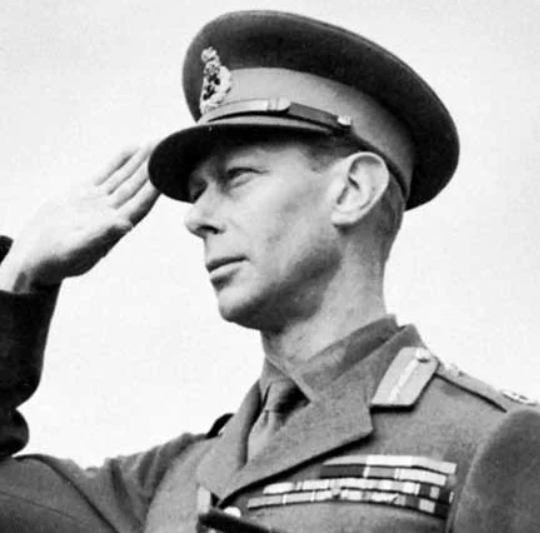
Queen Elizabeth II’s father, King George VI, was never supposed to be king. In fact, he only took the throne in 1936 after his older brother, King Edward VIII, abdicated to marry American divorcée Wallis Simpson. (Talk about a plot twist in royal history!)
Despite being shy and soft-spoken, George VI proved to be a strong and steadfast leader. He led Britain through World War II, famously standing by his people during The Blitz, refusing to leave London even as bombs fell. He also worked closely with Prime Minister Winston Churchill, boosting morale and keeping the nation united.
But one of his most significant contributions? Preparing Queen Elizabeth II for her future role. Though his reign was unexpected, he left behind a monarchy that was stronger and more respected than ever before.
Queen Elizabeth The Queen Mother (1900–2002)

Born Lady Elizabeth Bowes-Lyon, Queen Elizabeth’s mother (affectionately known as “The Queen Mother”) was a beloved royal known for her charm, resilience, and deep connection with the British public.
She played a key role in supporting King George VI during his reign, particularly during World War II, when she stood by his side and refused to flee to safety. Her famous words when asked why she wouldn’t leave London?
“The children won’t go without me. I won’t leave without the King. And the King will never leave.”
After her husband’s passing in 1952, she remained an important figure in the royal family for another 50 years—(yes, she lived to be 101 years old!). She was known for her grace, humor, and deep dedication to the crown.
Queen Elizabeth II’s Children
Queen Elizabeth II and Prince Philip, Duke of Edinburgh, had four children, all of whom have played major roles in the royal family.
King Charles III (b. 1948)
The eldest son of Queen Elizabeth II, King Charles III, spent more than 70 years as heir apparent—the longest wait in British history! He became king in 2022 after the passing of his mother.
Throughout his life, Charles was known for his passion for environmentalism, architecture, and his charity work through The Prince’s Trust. Though his first marriage to Princess Diana was one of the most publicized royal stories of all time, he later married Camilla Parker Bowles, now Queen Camilla.
As king, Charles faces the challenge of modernizing the monarchy while maintaining its traditions. (And with the world watching, he has big shoes to fill!)
Princess Anne (b. 1950)
Known for her no-nonsense attitude and unwavering dedication, Princess Anne is often regarded as one of the hardest-working royals. She is the second child and only daughter of Queen Elizabeth II.
Unlike her brothers, she has never sought the limelight, preferring to focus on her extensive charitable work—particularly in equestrian sports and humanitarian efforts. She was even the first British royal to compete in the Olympics (seriously, how cool is that?).
Prince Andrew, Duke of York (b. 1960)
Prince Andrew, the third child of Queen Elizabeth II, served in the Royal Navy and was involved in various royal duties. However, in recent years, his name has been surrounded by controversy, leading him to step back from public royal life.
Prince Edward, Earl of Wessex (b. 1964)
The youngest of Queen Elizabeth’s children, Prince Edward initially pursued a career in television production before later taking on more royal duties. He and his wife, Sophie, Duchess of Edinburgh, are known for their low-profile approach and dedication to charity work.
Grandchildren of Queen Elizabeth II
Queen Elizabeth II had eight grandchildren, all of whom are well-known figures in the public eye.
Prince William, Prince of Wales (b. 1982)
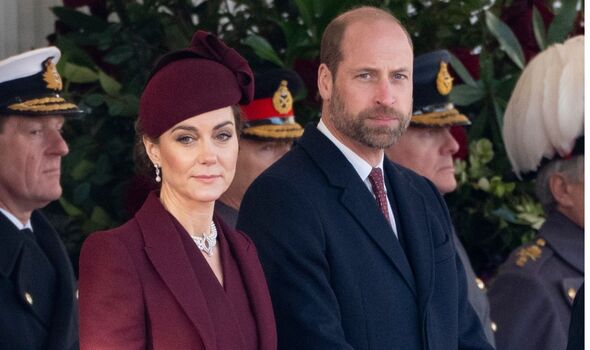
The eldest son of King Charles III and Princess Diana, Prince William is next in line for the throne. Known for his diplomatic skills, strong leadership, and charitable efforts, he is shaping up to be a future king with modern sensibilities.
Alongside his wife, Catherine, Princess of Wales, he focuses on causes related to mental health, environmental conservation, and early childhood education.
Prince Harry, Duke of Sussex (b. 1984)
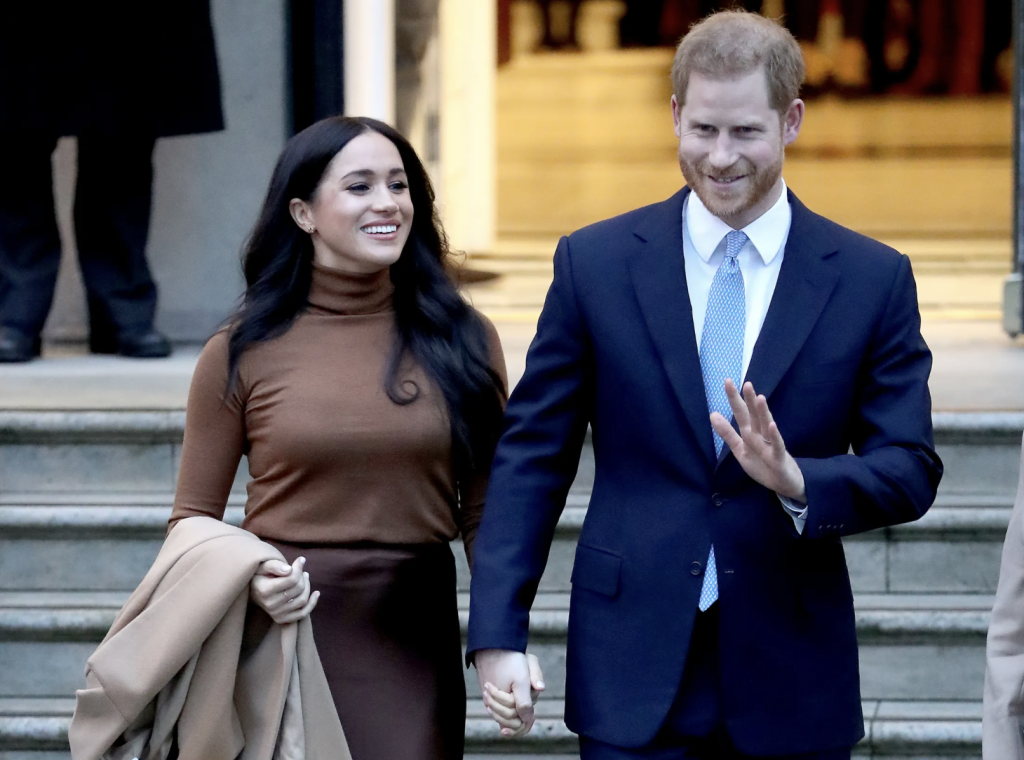
Prince Harry, William’s younger brother, has had quite the eventful royal journey. He served in the British Army, became a champion for mental health awareness and veterans, and later stepped down from royal duties in 2020 with his wife, Meghan Markle.
Today, he resides in California and continues his charitable efforts through The Invictus Games and other organizations. (And yes, his life remains a major topic of discussion in the media.)
Princess Beatrice & Princess Eugenie
Daughters of Prince Andrew and Sarah Ferguson, both Princess Beatrice (b. 1988) and Princess Eugenie (b. 1990) lead semi-private lives, balancing royal engagements with careers outside the monarchy.
Peter Phillips & Zara Tindall
Children of Princess Anne, both Peter Phillips (b. 1977) and Zara Tindall (b. 1981) have no royal titles, as their mother wanted them to have a more normal upbringing.
Zara Tindall is a renowned equestrian, winning an Olympic silver medal for Team GB!
Great-Grandchildren: The Future of the Monarchy
Queen Elizabeth II’s great-grandchildren represent the next generation of royals who will one day shape the monarchy.
Prince George (b. 2013)
As the eldest son of Prince William and Catherine, Prince George is second in line to the throne. He is already being prepared for his future royal role, though (for now) he enjoys childhood like any other kid—(well, almost).
Princess Charlotte (b. 2015)
The second child of William and Catherine, Princess Charlotte is known for her bold personality and confidence. (Many say she has the same poise as her great-grandmother, Queen Elizabeth II!)
Prince Louis (b. 2018)
The youngest of the Cambridge children, Prince Louis is often seen stealing the show during royal events with his adorable expressions and playful energy.
Prince Archie & Princess Lilibet
Born to Prince Harry and Meghan Markle, Prince Archie (b. 2019) and Princess Lilibet (b. 2021) live in California and are growing up away from the royal spotlight. Lilibet, named after Queen Elizabeth II’s childhood nickname, holds a special connection to her great-grandmother.
The Longest-Reigning British Monarch
Queen Elizabeth II made history as the longest-reigning British monarch, surpassing her great-great-grandmother, Queen Victoria. Her reign lasted 70 years and 214 days (from February 6, 1952, to September 8, 2022), making her one of the longest-serving monarchs in world history.
Throughout her reign, she witnessed and adapted to unprecedented changes—from the post-World War II era to the rise of the internet and social media age. She guided the British monarchy through political shifts, modern reforms, and global challenges, all while upholding the dignity, grace, and sense of duty that made her one of the most respected figures of the 20th and 21st centuries.
A Reign of Unwavering Dedication
Queen Elizabeth II’s tenure as monarch wasn’t just defined by longevity—it was marked by an unwavering commitment to service. She saw 15 UK prime ministers, met countless world leaders, and represented Britain in over 100 state visits across the globe. Her presence was a symbol of stability and continuity, even as the world changed around her.
From her famous speech on her 21st birthday, where she pledged to serve the nation “whether my life be long or short,” to her comforting words during times of crisis, she proved time and again that she was a queen for the people.
Her Platinum Jubilee in 2022 celebrated 70 years of her reign, an achievement no other British monarch had reached before. (And let’s be honest—how many people get to celebrate seven decades in the same job?)
Even in her later years, she remained deeply involved in public and royal duties, appearing at events and continuing to champion charitable causes. She was a constant, a reassuring presence, and a historical figure who defined an era.
Her passing in September 2022 marked the end of an extraordinary chapter, but her legacy will continue through her children, grandchildren, and future generations of the royal family.
Conclusion
Queen Elizabeth II’s family tree is a fascinating tapestry of history, tradition, and modern evolution. From her royal ancestors to her great-grandchildren, her lineage represents centuries of monarchy, diplomacy, and resilience.
If you’ve ever wondered about your own ancestry, exploring your family tree can be both rewarding and insightful. (Who knows? You might even uncover a royal connection of your own!)
Creating your own family tree has never been easier. With Treemily’s Family Chart Maker, you can visually map your lineage, preserve your heritage, and share your family’s story for generations to come.
As the British royal family continues to evolve—blending tradition with modernity—so too does the way we document our own histories. Whether you’re honoring past generations or charting your family’s future, a well-organized family tree is a priceless legacy.
Start building yours today with Treemily!
FAQs About Queen Elizabeth II’s Family Tree
The British royal family’s lineage spans centuries, and Queen Elizabeth II’s ancestry is particularly fascinating. Below are some of the most frequently asked questions about her family tree, her ancestors, and how her bloodline connects to European royalty.
How far back does Queen Elizabeth’s Bloodline go?
Queen Elizabeth II’s bloodline can be traced back over a thousand years, connecting her to the earliest monarchs of England, Scotland, and beyond. Her ancestry includes figures such as:
- King Alfred the Great (849–899) – One of the first known rulers of England.
- William the Conqueror (1028–1087) – The first Norman King of England after winning the Battle of Hastings in 1066.
- King Henry II (1133–1189) – The founder of the Plantagenet dynasty, from which the current royal family descends.
Her lineage intertwines with both English and Scottish monarchs, as well as European royal families, making her a direct descendant of numerous historical figures across the continent.
Who is Queen Elizabeth II descended from?
Queen Elizabeth II was a direct descendant of King George III (1738–1820), who ruled Britain during the American Revolution. However, her most notable recent ancestors include:
- Queen Victoria (1819–1901) – Her great-great-grandmother, often called the “Grandmother of Europe” because her descendants spread across multiple European royal families.
- King Edward VII (1841–1910) – Her great-grandfather and the first monarch of the House of Saxe-Coburg and Gotha (which later became the House of Windsor).
- King George V (1865–1936) – Her grandfather, who changed the family’s surname to Windsor.
- King George VI (1895–1952) – Her father, who led Britain through World War II and passed the throne to her in 1952.
Her royal lineage connects her to virtually every ruling dynasty in Europe, including those of Spain, Russia, Denmark, and Germany.
What is the origin of the Windsor surname?
The Windsor surname wasn’t always the royal family’s official name! Before 1917, the British royal family used the House of Saxe-Coburg and Gotha, a German dynasty name inherited from Queen Victoria’s husband, Prince Albert.
However, during World War I, anti-German sentiment in Britain was high, and having a German-sounding royal name wasn’t ideal for public relations. To distance themselves from their German roots, King George V officially changed the family name to Windsor in 1917—inspired by Windsor Castle, one of the royal family’s most famous residences.
Since then, all British monarchs, including Queen Elizabeth II, have belonged to the House of Windsor.
How is Queen Victoria connected to other European monarchs?
Queen Victoria was famously known as the “Grandmother of Europe” because many of her children and grandchildren married into royal families across the continent.
Here’s how some of her descendants shaped European monarchies:
- King Edward VII (United Kingdom) – Queen Victoria’s son and Queen Elizabeth II’s great-grandfather.
- Kaiser Wilhelm II (Germany) – Her grandson, who led Germany during World War I.
- Tsarina Alexandra (Russia) – Her granddaughter, who was married to Tsar Nicholas II of Russia before the fall of the Russian Empire.
- King Alfonso XIII (Spain) – Her grandson, whose descendants still rule Spain today.
- King George I of Greece – Her grandson, whose great-grandson, Prince Philip, later married Queen Elizabeth II.
This means that many of Europe’s current monarchs—including King Charles III (UK), King Felipe VI (Spain), and King Harald V (Norway)—are all distant relatives, thanks to Queen Victoria’s vast family network.
Is Queen Elizabeth II related to Queen Elizabeth I?
Despite sharing the same name, Queen Elizabeth II was not a direct descendant of Queen Elizabeth I.
Here’s why:
- Queen Elizabeth I (1533–1603) was the daughter of King Henry VIII and Anne Boleyn.
- She never married or had children—earning her the title “The Virgin Queen.”
- With no direct heirs, the Tudor dynasty ended with her, and the Stuart dynasty took over through her distant cousin, King James VI of Scotland (James I of England).
Queen Elizabeth II, on the other hand, was a descendant of James I, meaning the two queens were related—but through a distant royal bloodline rather than a direct parent-child lineage.
